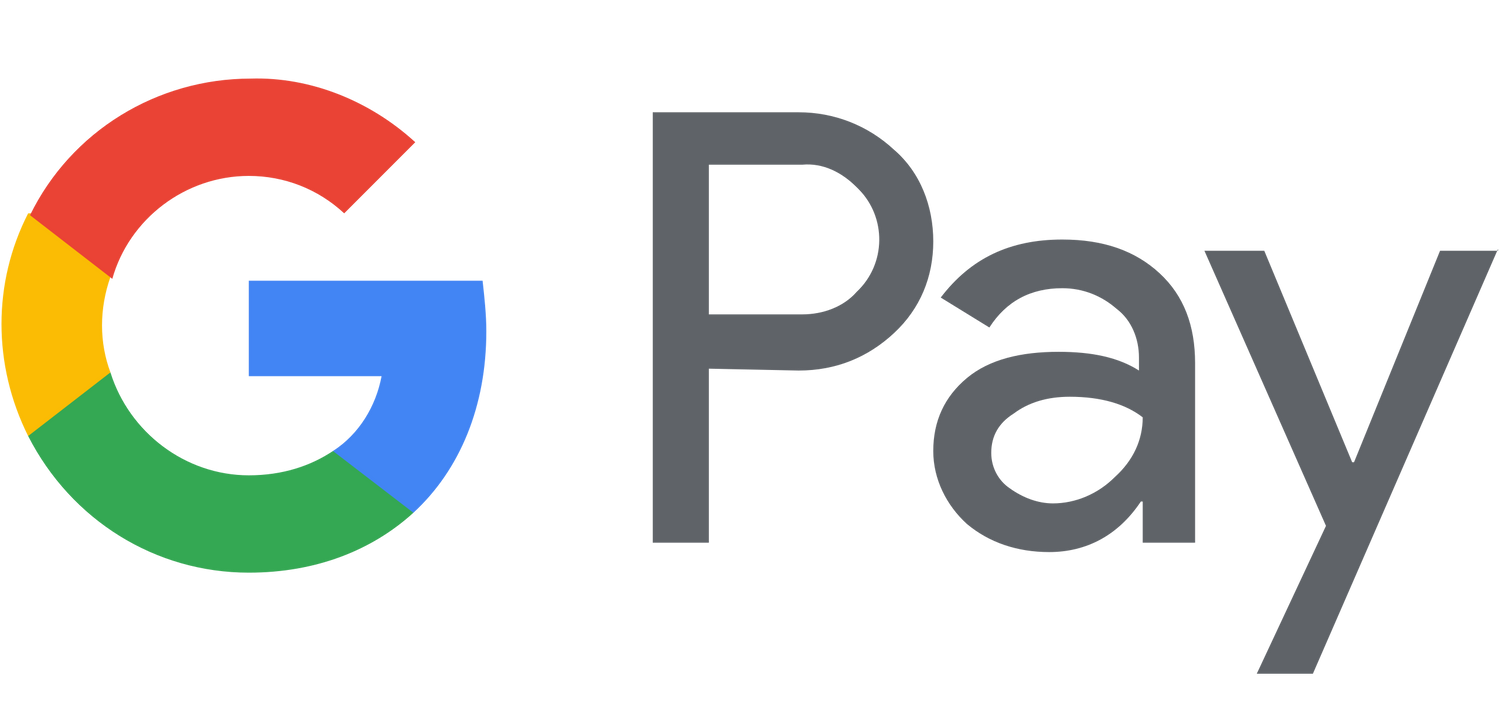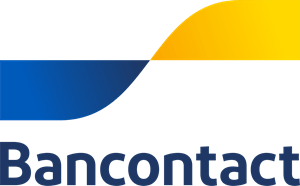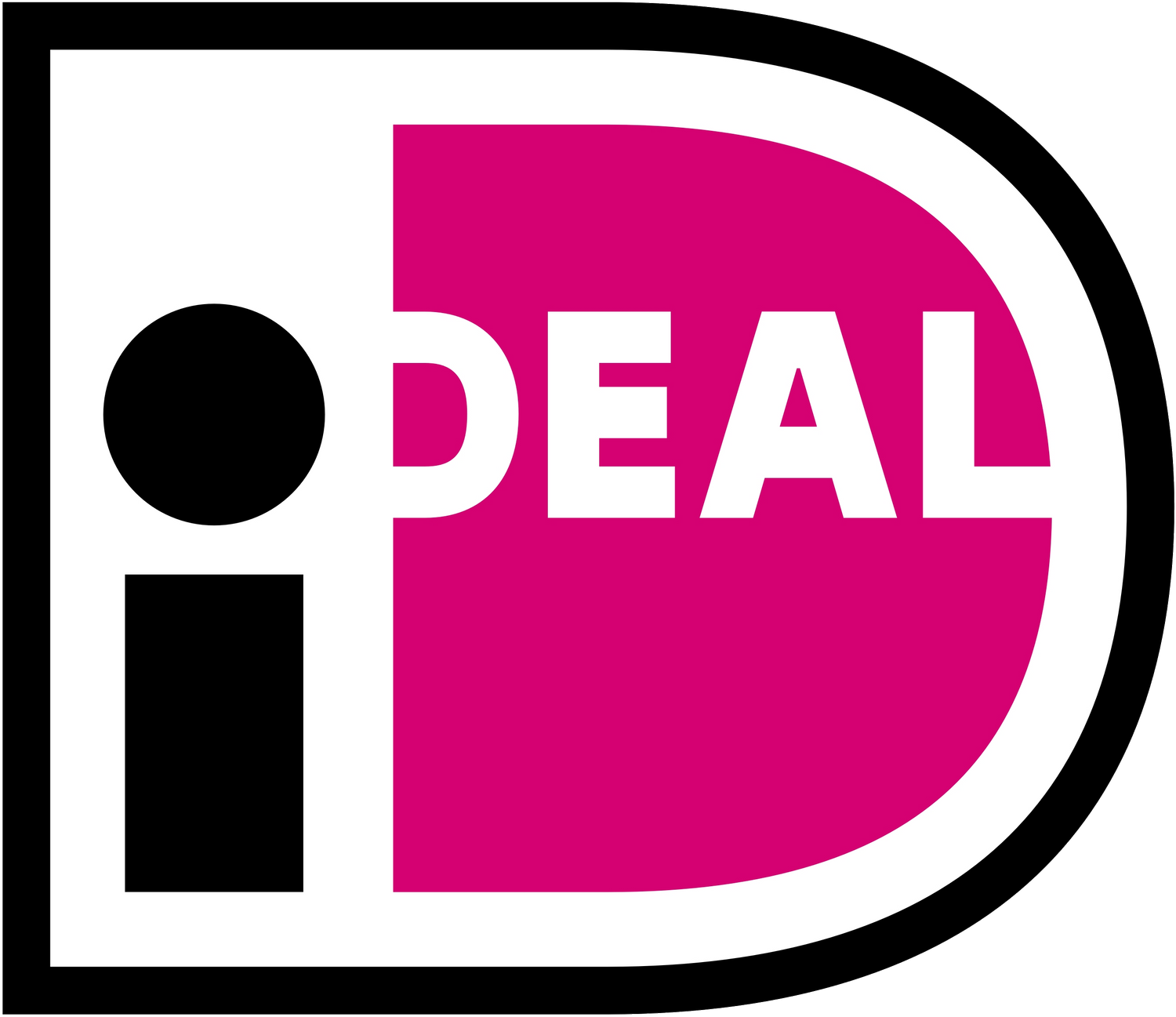Sustainable, ecological and ethical knitwear for women from IVALO.COM
Durable and long-lasting, women's knitwear is the best in clothing. A woman's wardrobe needs a range of knitwear for the office and for leisure, and IVALO.COM's range of sustainable womenswear includes knitwear as one of its favorites.
In knitwear, the material plays a significant role. Natural materials are warm on the body and do not get static even in winter. They are sometimes blended with other fibers to add durability, for example.
The IVALO.COM range includes knitwear made from, for example, high-quality merino wool. Merino wool is a popular material because of its excellent properties. It is warming but breathable simultaneously, and merino wool clothing keeps you comfortable even when you sweat.
High-quality merino wool is also often suitable for people with sensitive skin, as it is non-itchy.
It is also responsible to manufacture women's sweaters and cardigans from surplus. For example, Swedish company Residus and Finnish company Ekta Helsinki use locally produced sheep's wool in their knitwear, which would otherwise end up in the trash.
Our knitwear range also includes women's knits made from cotton. Cotton is a lightweight and durable material. Women's cotton sweater is versatile and can be worn in the warm season as well as all year round. Many brands sold at IVALO.COM prefer Fair Trade or organic cotton in their sweaters.
Find quality knits from us
At IVALO.COM you can find ecological and ethical knits for women. Find a responsible and long-lasting women's cardigan, sweater, woolen knit, cashmere knitwear, knitted dress, knitted vest, alpaca knit, mohair knit, lamb wool knit, cotton knit, or knitted turtleneck sweater. Choose a design freely according to your style. Choose a short or long sweater, an oversized sweater, or perhaps a chunky merino wool polo shirt.
The most popular colors for women's knitwear are timeless: beige, grey, white and black knits are forever best-sellers. But feel free to choose a pop of color too. For example, wear a yellow knit to brighten up your day!
A women's wool sweater is a warming favorite for winter wear, with a soft embrace to wrap yourself in for shelter from the wind and breeze. A quality knit will keep you warm even in cold weather and will last for years with proper care. Merino wool jacket for women is handy for layering and also travels with your bag, so you can slip it on when you need extra warmth.
Check out our blog to see our list of five women's knits that are always in fashion.
Love for a long time - How to care for your knitwear
Keep your knitwear in good condition for years to come by caring for them properly. The maintenance of a sweater or cardigan depends on the material it is made from. Take a look at the knitwear's own care instructions label to find the instructions for that particular product.
Air often and wash rarely. Wool is naturally antibacterial, so it doesn't need to be washed often. Remove stains locally. Sweaters should be treated gently with a clothes brush and a lint brush. If you brush the knitwear with a clothes brush after each use, lint often doesn't even get a chance to form. Brushing with a clothes brush also removes dust and dried stains that have accumulated during the day.
If your knitwear needs washing, use mild detergents specifically designed for wool. Wash by hand or machine wash on the wool wash program in cool water, according to the instructions on the label. It is also advisable to dry the knitwear after washing according to the material. Do not wrinkle or twist the knitwear to dry, as this may damage the fibers of the shirt. Preferably, dry the knitwear flat, laid out in its shape. The use of a tumble dryer is not recommended.
You can find more instructions for taking care of wool garments and washing them on our blog by clicking here. The blog also provides instructions for different types of wool.
Order women's knitwear online from a range of brands
Shop with confidence at IVALO.COM's online shop. We have ensured that all the women's knitwear we sell is made under fair working conditions. IVALO.COM brands invest in better and more ecological materials such as fair trade cotton, ethical wool, and mulesing-free merino wool in their knitwear.
The most popular knitwear brand in IVALO.COM's sustainable range is The Knotty Ones, which specializes in social responsibility. The Knotty Ones enables Lithuanian housewives to make a living in a fair and safe way. The Knotty Ones' contemporary knitwear designs are made to order by women living in remote areas using the best natural materials.
Another best-seller is Rhea, known for its quality merino wool, which produces what many consider to be the best quality knitwear for women. Rhea's design is timeless and can withstand fashion changes.
Also, check out our blog for tips on how to recognize quality women's knitwear that stands the test of time and wear.




